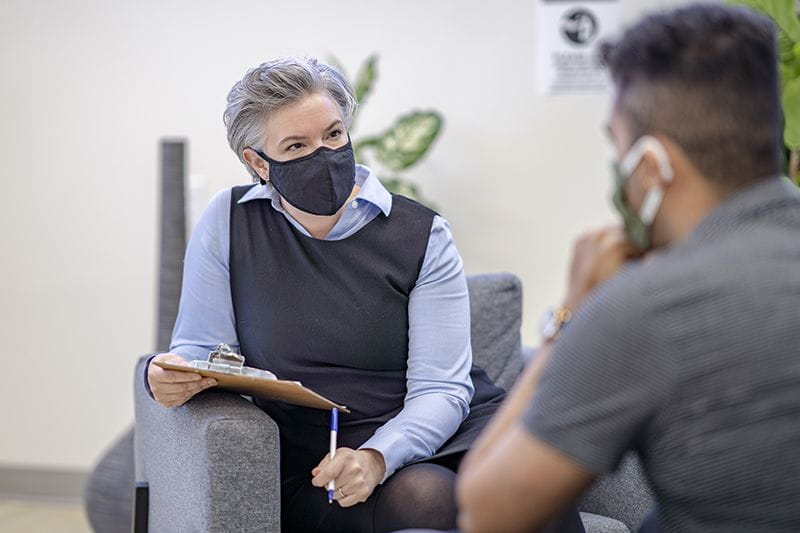There is a common misconception that certifications and certificates are the same thing, but, in fact, they are quite different. This blog explores some of their differences as well as ways to use these credentials to help boost your career.
Certifications
Certifications can also be called “designations” or “professional certifications.” Based on your industry, some certifications may even be required for your job. Certifications indicate mastery or competency measured against a set of standards. They generally include a comprehensive final exam administered by a professional governing body that you must pass in order to earn the credential. You can self-study for more exams, but instructor-led prep courses are also a great way to study. Colleges and universities can offer these prep courses, but ultimately the third party professional organization endorses the certification. There are often ongoing requirements in order to maintain the certification as well.
Here are a few examples of leading industry certifications.
Human Resources
Information Technology Security
Insurance Designations
A popular certification is the Project Management Professional (PMP) offered through Project Management Institute (PMI).
The requirements to sit for this exam include 35 hours of project management education/training and 36 or 60 months of leading projects depending on your educational background. The exam is 180 multiple-choice questions.
Why pursue a certification?
- Show an employer you have a specific set of skills
- Required for your job
- Increase salary
- Stay up-to-date on current trends
- Be the subject matter expert for your industry
Certificates
Certificate programs on the other hand are often offered through a college or university. They are designed to expose you to a specific field or skill set that can help broaden your knowledge in a particular subject area. They are flexible in time commitment, can be completed in a few months or under a year, and usually have a 4-6 course sequence.
There are two popular types of certificate programs: academic certificates and non-academic certificates.
Academic Certificates:
- Credit bearing (undergraduate or graduate credit)
- Courses can usually be transferred into a relevant degree program
Non-academic Certificates:
- Offered through Professional & Executive Education Departments
- Award Continuing Education Units, Professional Development Units, or Certificate of Completion
- Cannot be transferred into a degree program
An example of an academic certificate would be this Undergraduate Certificate in Project Management from the University of Maryland Global Campus. You’ll notice this certificate is 18 undergraduate credits. It may help you prep for the PMP certification, but when you have completed this certificate, you are not PMP certified. Instead, these 18 undergraduate credits could be transferred into a bachelor’s degree in Project Management.
You can find project management certificates at the graduate level as well. CSU Global offers an online Graduate Certificate in Project Management. This certificate is 12 credits and the curriculum is aligned with PMI.
Why get a certificate?
Certificate programs can help you gain quick knowledge in a specific industry. They can help boost skills you already have so you can stay competitive in the job market. Credit bearing certificates are also helpful in satisfying pre-requisite courses for an advanced degree or boosting your GPA for graduate admission. Certificates can even help jump start a career change.
Whether you are looking to advance your career, enhance your resume, stay up-to-date on current trends, or even start a new career, certifications and certificates are a great alternative option to a degree program.





